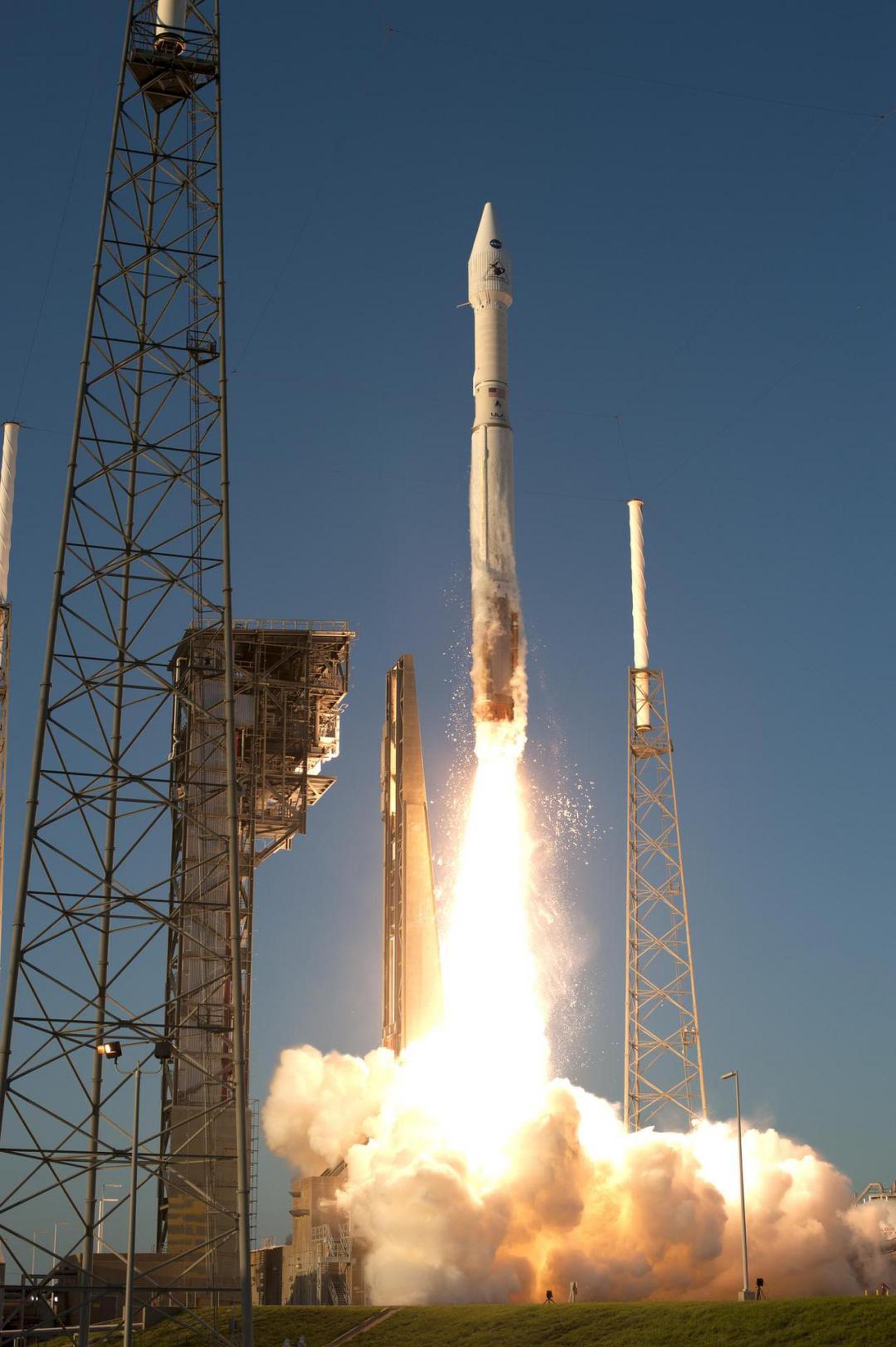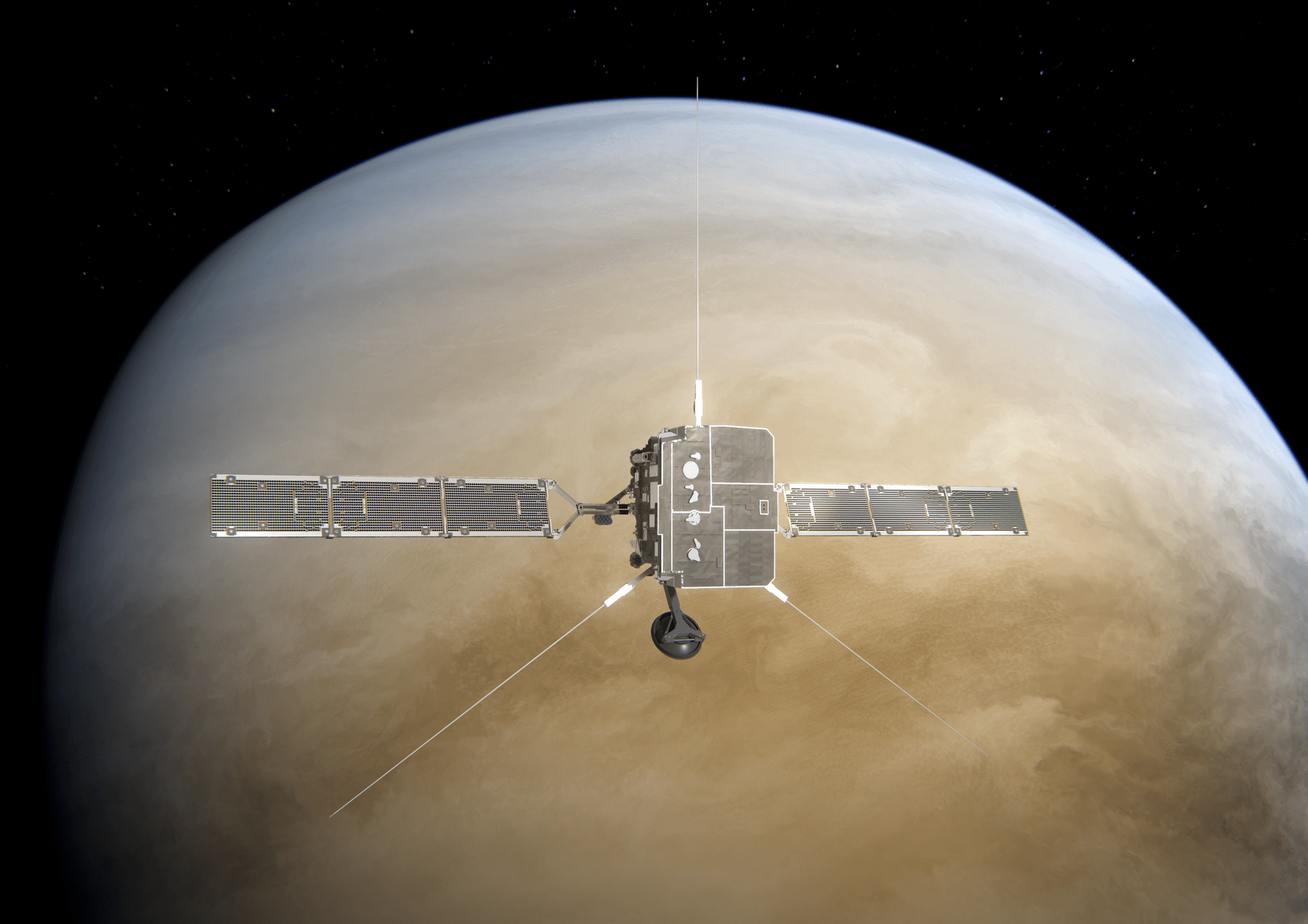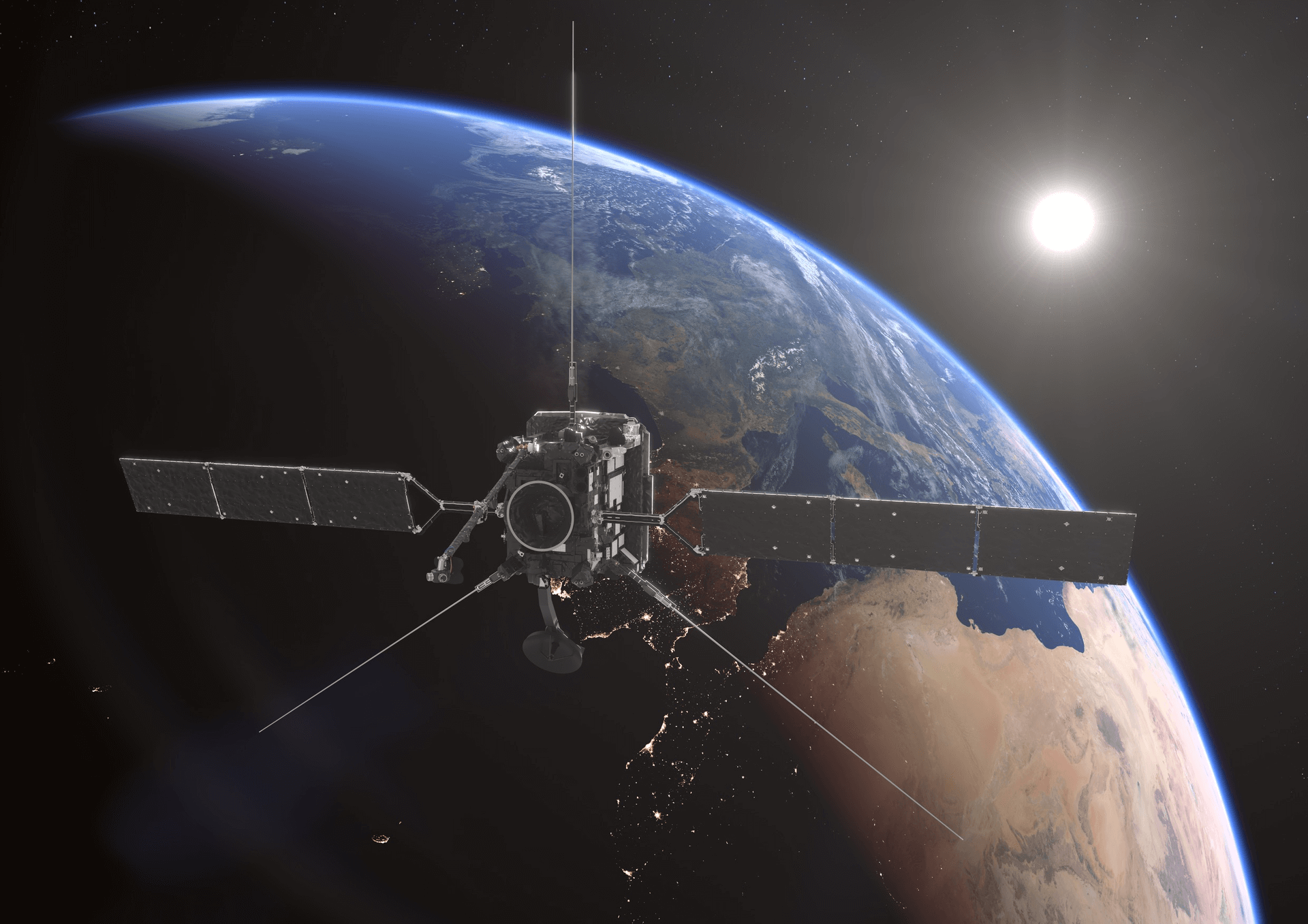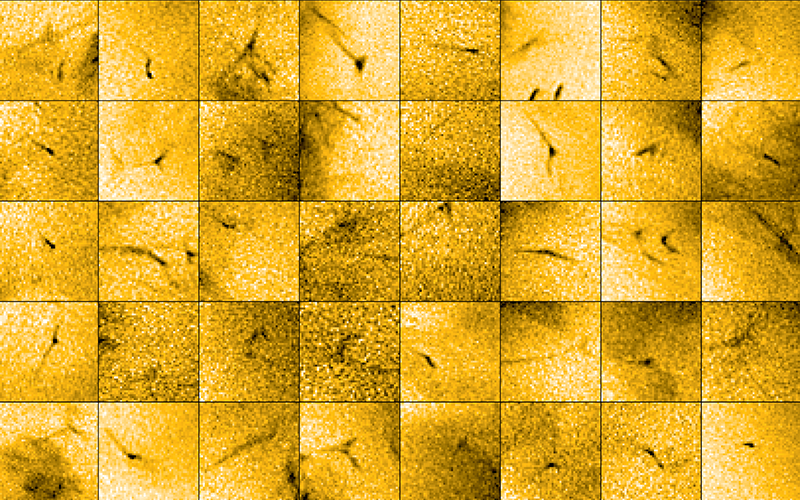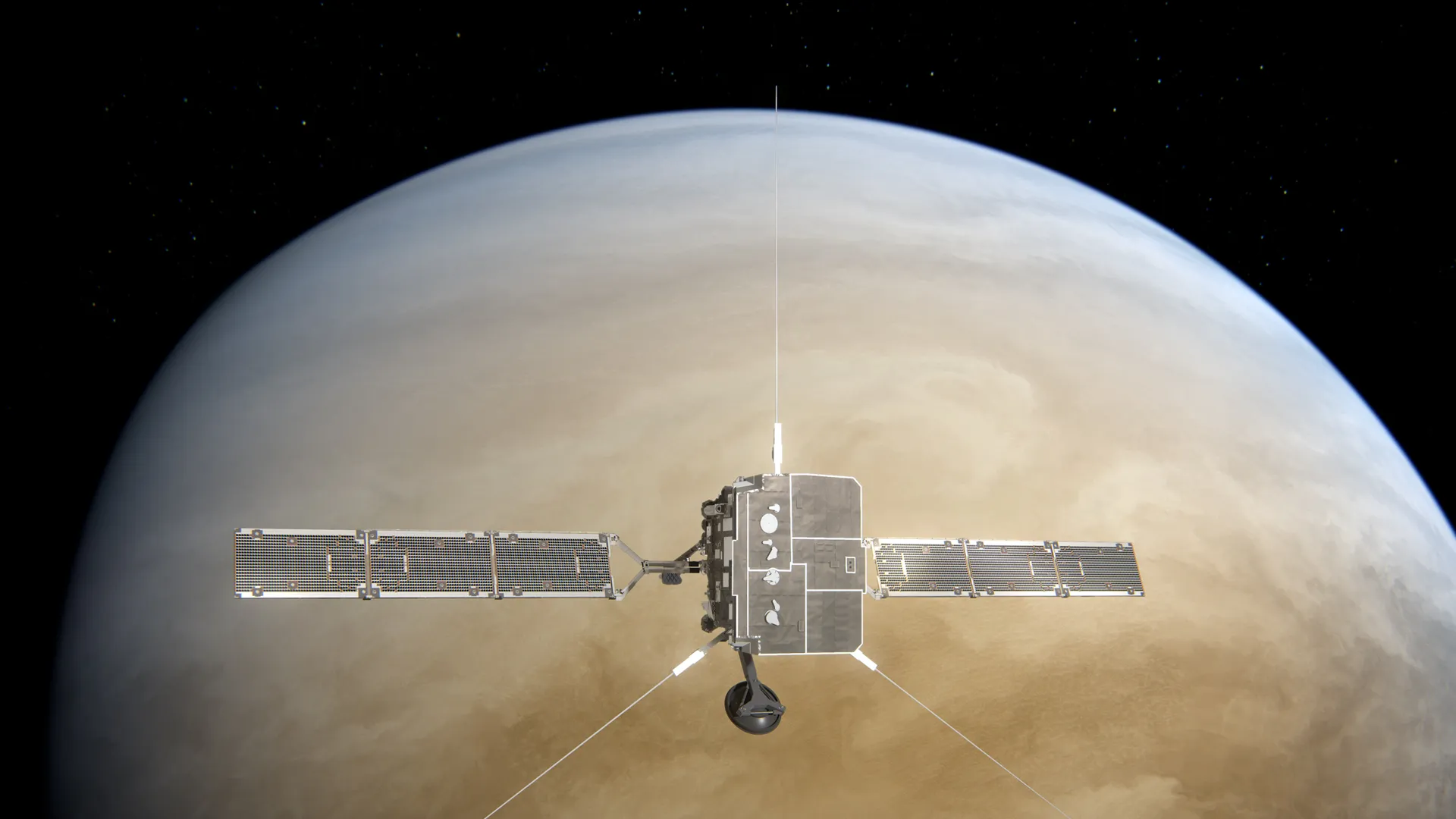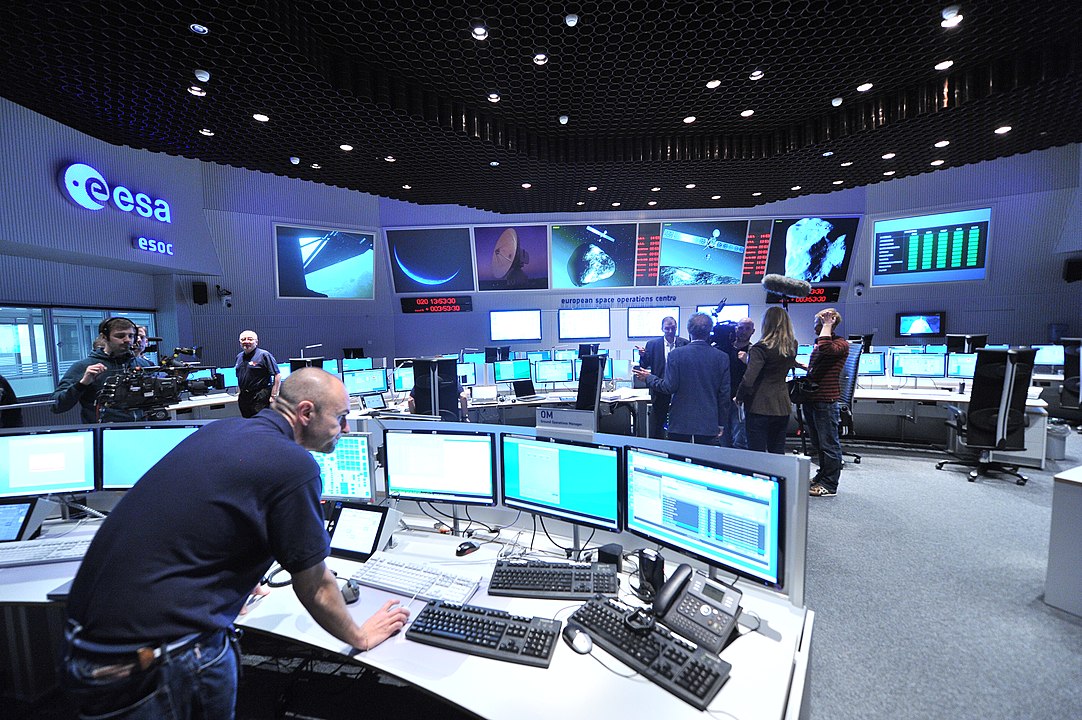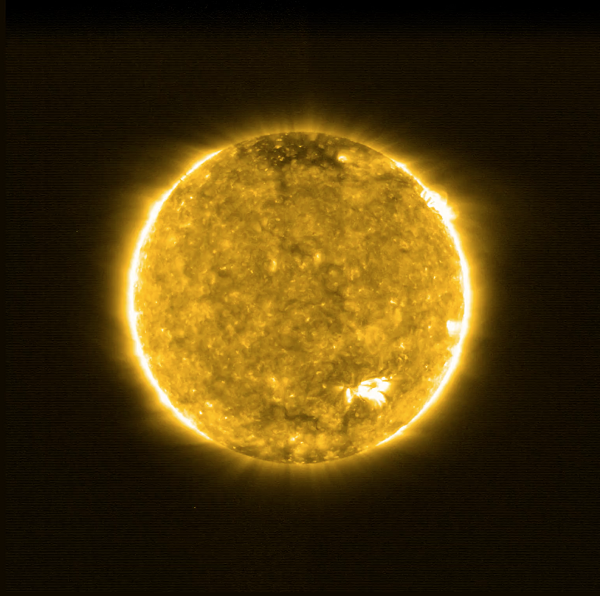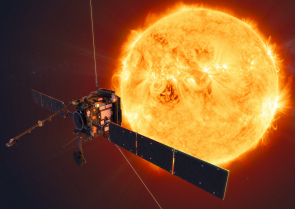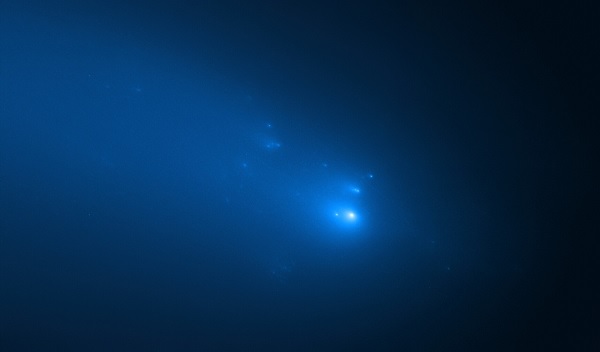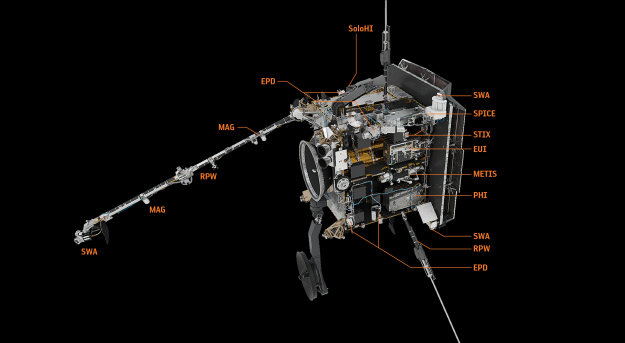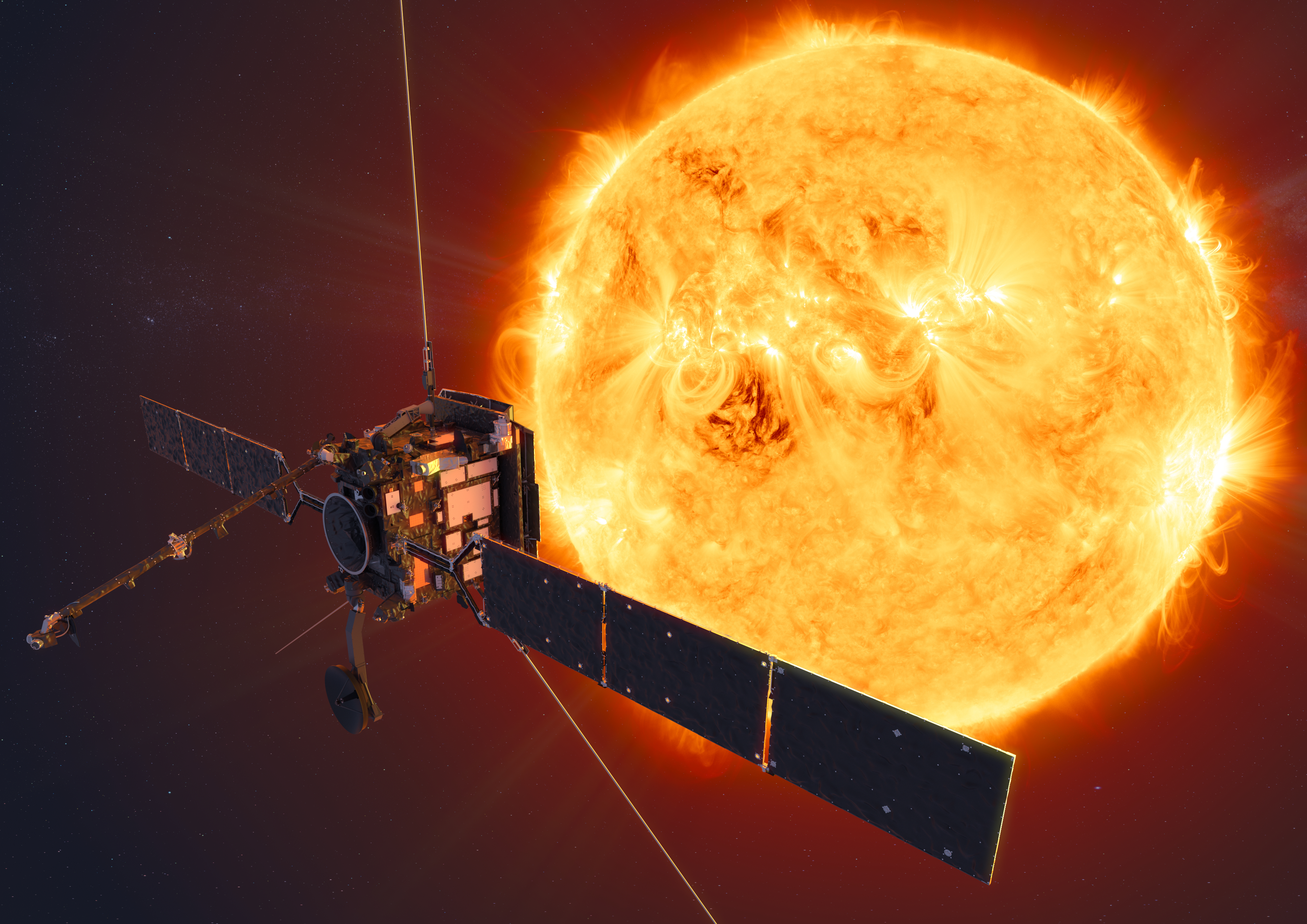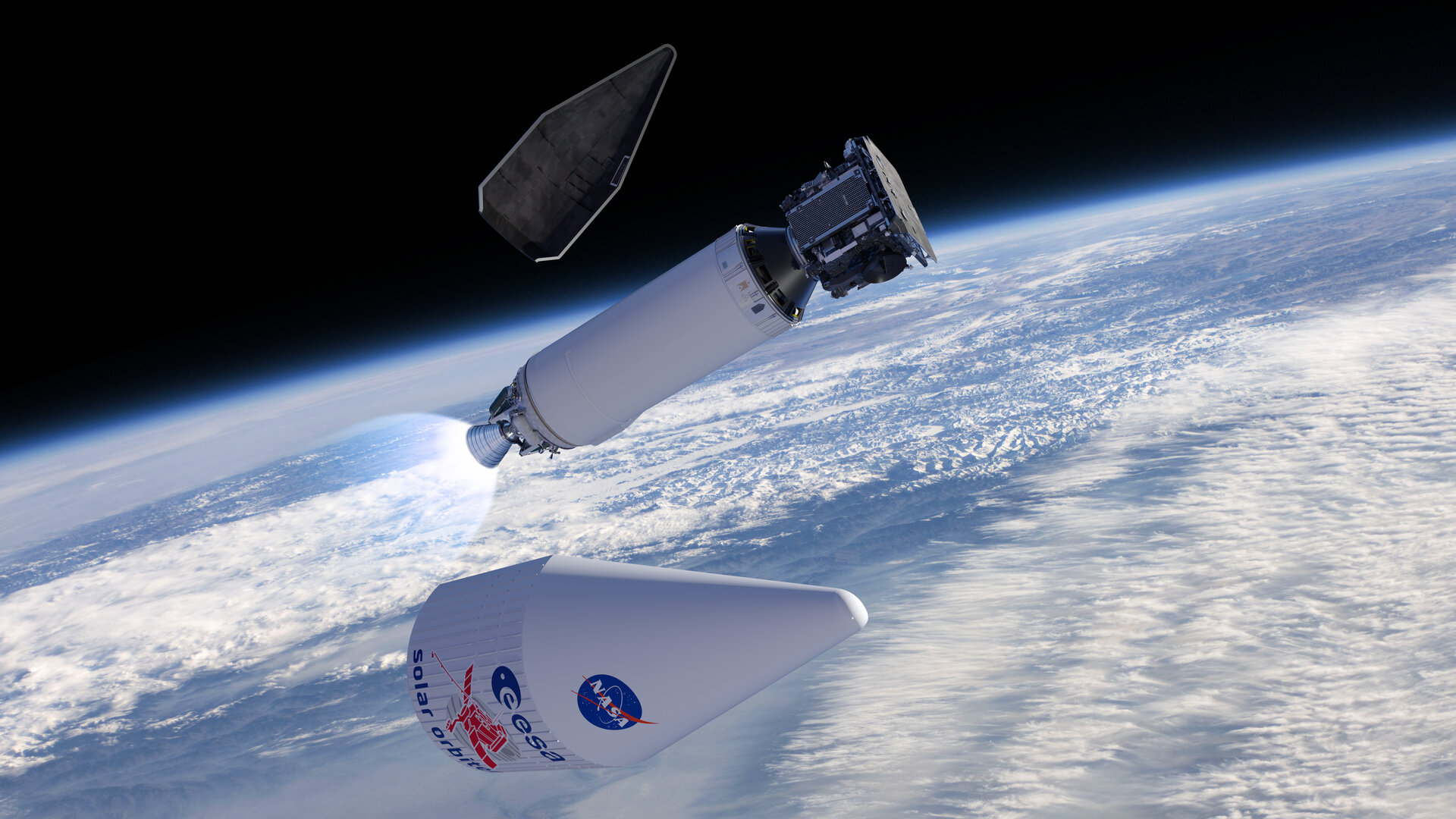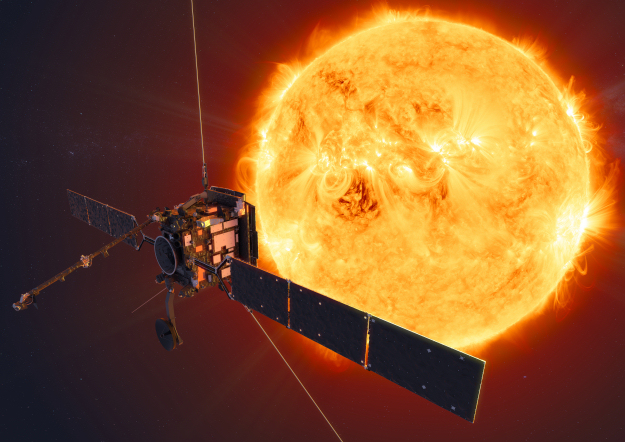Atlas V 411 | Solar Orbiter
Space Launch Complex 41
Cape Canaveral SFS, FL, USA
T?
--
Days
:
--
Hours
:
--
Mins
:
--
Secs
Date Loading...
United Launch Alliance
United Launch Alliance (ULA) is a joint venture of Lockheed Martin Space Systems and Boeing Defense, Space & Security. ULA was formed in December 2006 by combining the teams at these companies which provide spacecraft launch services to the government of the United States. ULA launches from both coasts of the US. They launch their Atlas V vehicle from LC-41 in Cape Canaveral and LC-3E at Vandeberg. Their Delta IV launches from LC-37 at Cape Canaveral and LC-6 at Vandenberg.
Solar Orbiter
Solar Orbiter is a joint ESA/NASA mission dedicated to solar and heliospheric physics. It will be used to examine how the Sun creates and controls the heliosphere, the vast bubble of charged particles blown by the solar wind into the interstellar medium. The spacecraft will combine in situ and remote sensing observations to gain new information about the solar wind, the heliospheric magnetic field, solar energetic particles, transient interplanetary disturbances and the Sun's magnetic field. Instruments include: * Solar Wind Analyser (SWA) * Energetic Particle Detector (EPD) * Magnetometer (MAG) * Radio and Plasma Wave analyser (RPW) * Polarimetric and Helioseismic Imager (PHI) * Extreme Ultraviolet Imager (EUI) * Spectral Imaging of the Coronal Environment (SPICE) * Spectrometer Telescope for Imaging X-rays (STIX) * Coronagraph (Metis) While mission is not intended to get as close to the Sun as Parker Solar Probe, it's designed to coordinate observations and has different set of instruments. Main mission starts after one and only Earth flyby in November 2021, and lasts until Dec 2026 when it enters extended phase. During the mission, Solar Orbiter will get through numerous Venus gravity assists, and its trajectory will be highly inclined allowing direct observations of Sun's poles.
Atlas V 411
Height 58.30 Meters
Max Stages 2
Mass To GTO 5950 kg
Liftoff Thrust 0 kN
Diameter 3.80 Meters
Mass To LEO 8080 kg
Liftoff Mass 0 Tonnes
Launch Success 6
Consecutive Success 6
Maiden Flight 2006-04-20
Launch Failures 0
Related Events
Solar Orbiter Venus Flyby
T?
Solar Orbiter, a partnership between ESA and NASA, will perform a gravity assist maneuver with Venus on September 2, 2030. Throughout its mission it also makes repeated gravity assist flybys of Venus to get closer to the Sun, and to change its orbital inclination, boosting it out of the ecliptic plane, to get the best – and first – views of the Sun’s poles.
Solar Orbiter Venus Flyby
T?
Solar Orbiter, a partnership between ESA and NASA, will perform a gravity assist maneuver with Venus on June 10, 2029. Throughout its mission it also makes repeated gravity assist flybys of Venus to get closer to the Sun, and to change its orbital inclination, boosting it out of the ecliptic plane, to get the best – and first – views of the Sun’s poles.
Solar Orbiter Venus Flyby
T?
Solar Orbiter, a partnership between ESA and NASA, will perform a gravity assist maneuver with Venus on March 17, 2028. Throughout its mission it also makes repeated gravity assist flybys of Venus to get closer to the Sun, and to change its orbital inclination, boosting it out of the ecliptic plane, to get the best – and first – views of the Sun’s poles.
Solar Orbiter Venus Flyby
T?
Solar Orbiter, a partnership between ESA and NASA, will perform a gravity assist maneuver with Venus on December 24, 2026. Throughout its mission it also makes repeated gravity assist flybys of Venus to get closer to the Sun, and to change its orbital inclination, boosting it out of the ecliptic plane, to get the best – and first – views of the Sun’s poles.
Solar Orbiter Venus Flyby
T?
Solar Orbiter, a partnership between ESA and NASA, will perform a gravity assist maneuver with Venus on February 18, 2025. Throughout its mission it also makes repeated gravity assist flybys of Venus to get closer to the Sun, and to change its orbital inclination, boosting it out of the ecliptic plane, to get the best – and first – views of the Sun’s poles.
Solar Orbiter Venus Flyby
T?
Solar Orbiter, a partnership between ESA and NASA, will perform a gravity assist maneuver with Venus with its closest approach at a distance of 6400 km. Throughout its mission it also makes repeated gravity assist flybys of Venus to get closer to the Sun, and to change its orbital inclination, boosting it out of the ecliptic plane, to get the best – and first – views of the Sun’s poles.
Solar Orbiter Earth Flyby
T?
Solar Orbiter, a partnership between ESA and NASA, will perform a gravity assist maneuver with Earth on November 27. Throughout its mission it also makes repeated gravity assist flybys of Venus to get closer to the Sun, and to change its orbital inclination, boosting it out of the ecliptic plane, to get the best – and first – views of the Sun’s poles.
Solar Orbiter Venus Flyby
T?
Solar Orbiter, a partnership between ESA and NASA, flew by Venus on 9 August with a closest approach of 7995 km at 04:42 UTC. Throughout its mission it makes repeated gravity assist flybys of Venus to get closer to the Sun, and to change its orbital inclination, boosting it out of the ecliptic plane, to get the best – and first – views of the Sun’s poles.
Solar Orbiter Venus Flyby
T?
Solar Orbiter, a partnership between ESA and NASA, flew by Venus on 27 December with a closest approach of 7500 km at 12:39 UTC. Throughout its mission it makes repeated gravity assist flybys of Venus to get closer to the Sun, and to change its orbital inclination, boosting it out of the ecliptic plane, to get the best – and first – views of the Sun’s poles.
Related News
2024-11-20T11:00:00+0000
ESA
New full Sun views show sunspots, fields and restless plasma
2024-08-30T15:36:48+0000
NASA
NASA, ESA Missions Help Scientists Uncover How Solar Wind Gets Energy
2024-06-18T15:00:00+0000
ESA
Can't stop won't stop: Solar Orbiter shows the Sun raging on
2023-09-04T19:45:57+0000
NASASpaceflight
Solar Orbiter discovers plasma jets that could fuel the production of solar wind
2023-08-24T17:00:56+0000
European Spaceflight
ESA’s Solar Orbiter May Have Discovered the Source of Solar Wind
2022-09-03T09:00:00+0000
Space.com
Solar Orbiter to look at Venus' magnetic field as it swings by the planet
2022-03-27T16:16:30+0000
NASASpaceflight
Solar Orbiter successfully completes historic close pass of the Sun
2021-08-29T20:50:57+0000
NASASpaceflight
BepiColombo, Solar Orbiter collect data on Venus during historic double flyby
2020-12-10T16:48:34+0000
ESA
Solar Orbiter: turning pictures into physics
2020-07-17T14:20:55+0000
NASASpaceflight
Solar Orbiter reveals closest pictures, new science of the Sun
2020-07-16T05:41:00+0000
Spaceflight Now
First images from Solar Orbiter mission bring sun into sharper focus
2020-07-16T05:20:51+0000
ESA
Solar Orbiter's first images reveal 'campfires' on the Sun
2020-07-13T15:51:00+0000
NASA
NASA, ESA to Release First Images from Solar Orbiter Mission
2020-06-15T07:19:28+0000
ESA
Solar Orbiter makes first close approach to the Sun
2020-05-29T09:14:11+0000
ESA
Solar Orbiter to pass through the tails of Comet ATLAS
2020-02-17T09:00:00+0000
ESA
First Solar Orbiter instrument sends measurements
2020-02-14T13:03:00+0000
Spaceflight Now
Photos: Atlas 5 lifts off with Solar Orbiter
2020-02-10T09:10:00+0000
Spaceflight Now
Atlas 5 blasts off with Solar Orbiter
2020-02-10T05:28:00+0000
NASA
Solar Orbiter Launch Takes Solar Science to New Heights
2020-02-10T04:30:47+0000
NASASpaceflight
ESA Solar Orbiter mission rides on ULA Atlas V to study the Sun
2020-02-10T04:00:00+0000
ESA
Liftoff for Solar Orbiter, ESA's mission to face the Sun up close
2020-02-09T22:30:29+0000
Teslarati
ULA rocket set to launch Solar Orbiter as NASA, ESA near golden era of sun science
2020-02-09T02:30:00+0000
Spaceflight Now
Solar Orbiter launch timeline
2020-02-01T21:07:00+0000
Spaceflight Now
Decades in the making, Solar Orbiter finally meets launcher at Cape Canaveral
2020-01-31T22:16:00+0000
NASA
NASA to Broadcast Solar Orbiter Launch, Prelaunch Activities
2020-01-26T17:01:00+0000
Spaceflight Now
Solar Orbiter launch delayed to Feb. 7
2020-01-24T06:41:00+0000
Spaceflight Now
Photos: Solar Orbiter encapsulated inside launch shroud
2020-01-24T05:11:00+0000
Spaceflight Now
ULA team completes countdown practice run before Solar Orbiter launch
2020-01-23T18:50:00+0000
NASA
NASA Announces Two Media Briefings on Latest Solar Mission
2020-01-21T23:41:00+0000
Spaceflight Now
Atlas 5 for Solar Orbiter launch returns to assembly building for inspections
2019-11-02T10:58:00+0000
Spaceflight Now
Solar Orbiter arrives at Kennedy Space Center for launch preps
2019-10-21T18:14:47+0000
NASASpaceflight
ESA’s Solar Orbiter ready to study the Sun, heading for Florida
2019-10-18T12:00:00+0000
ESA
Solar Orbiter ready to depart Europe
2019-10-16T22:49:00+0000
NASA
